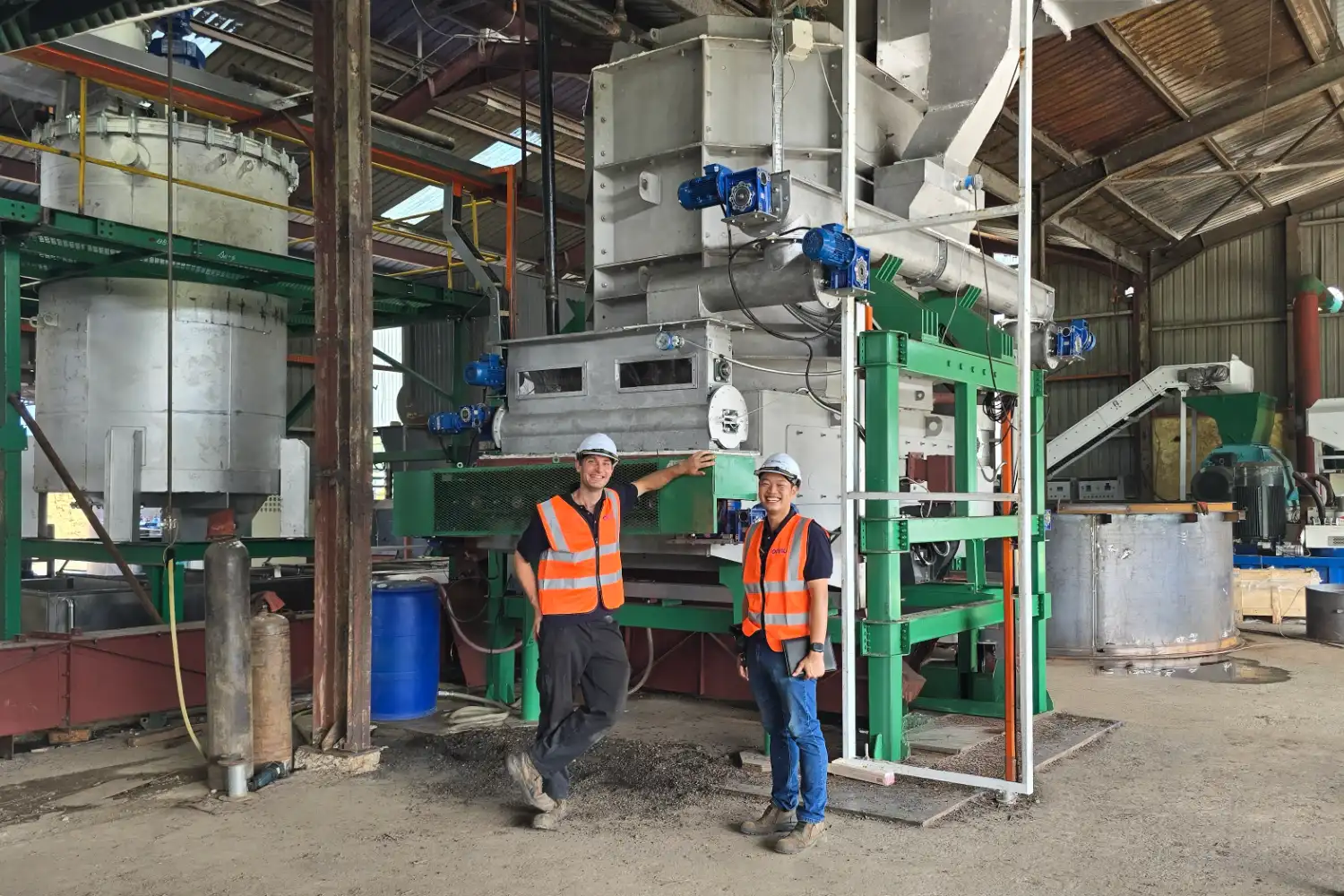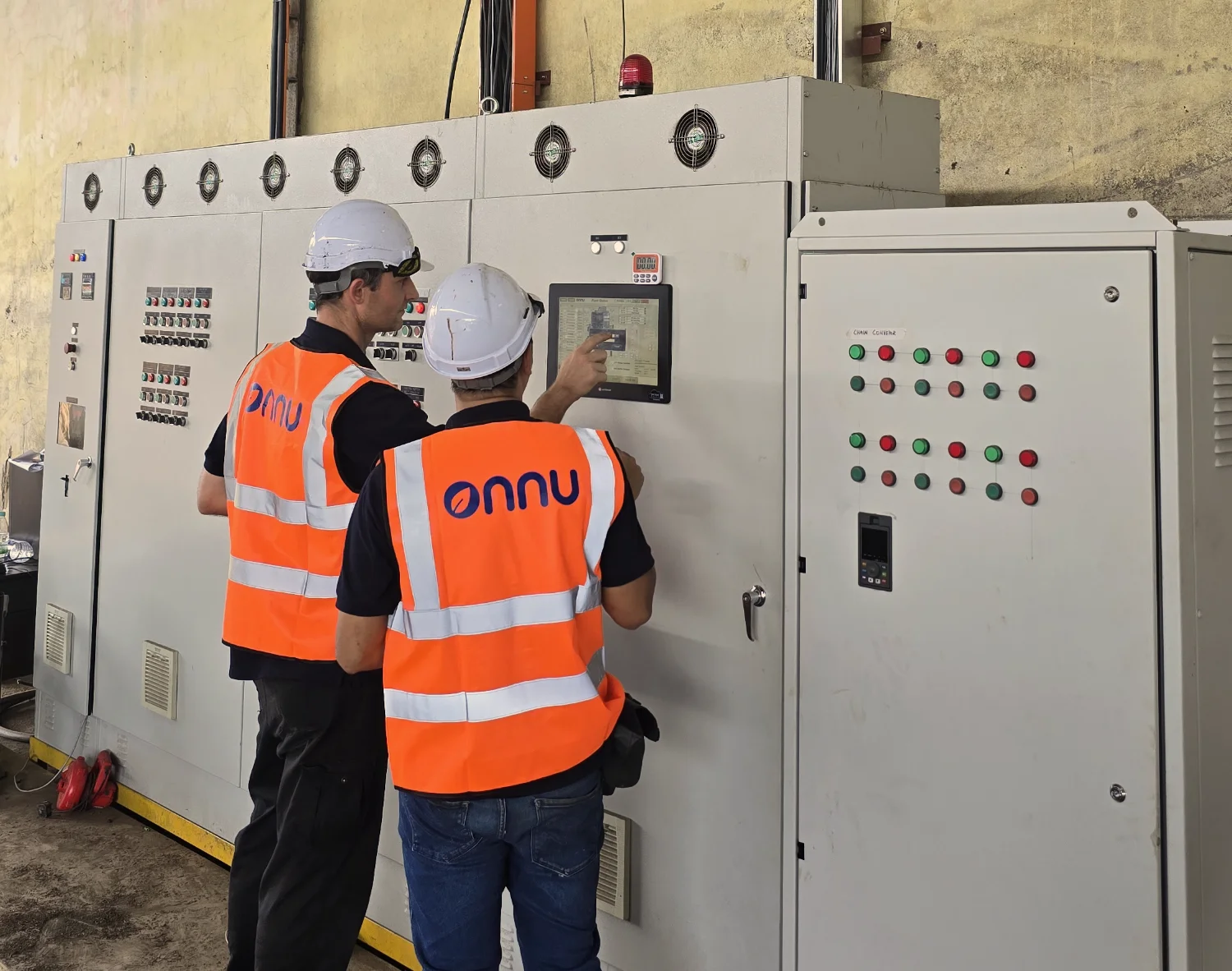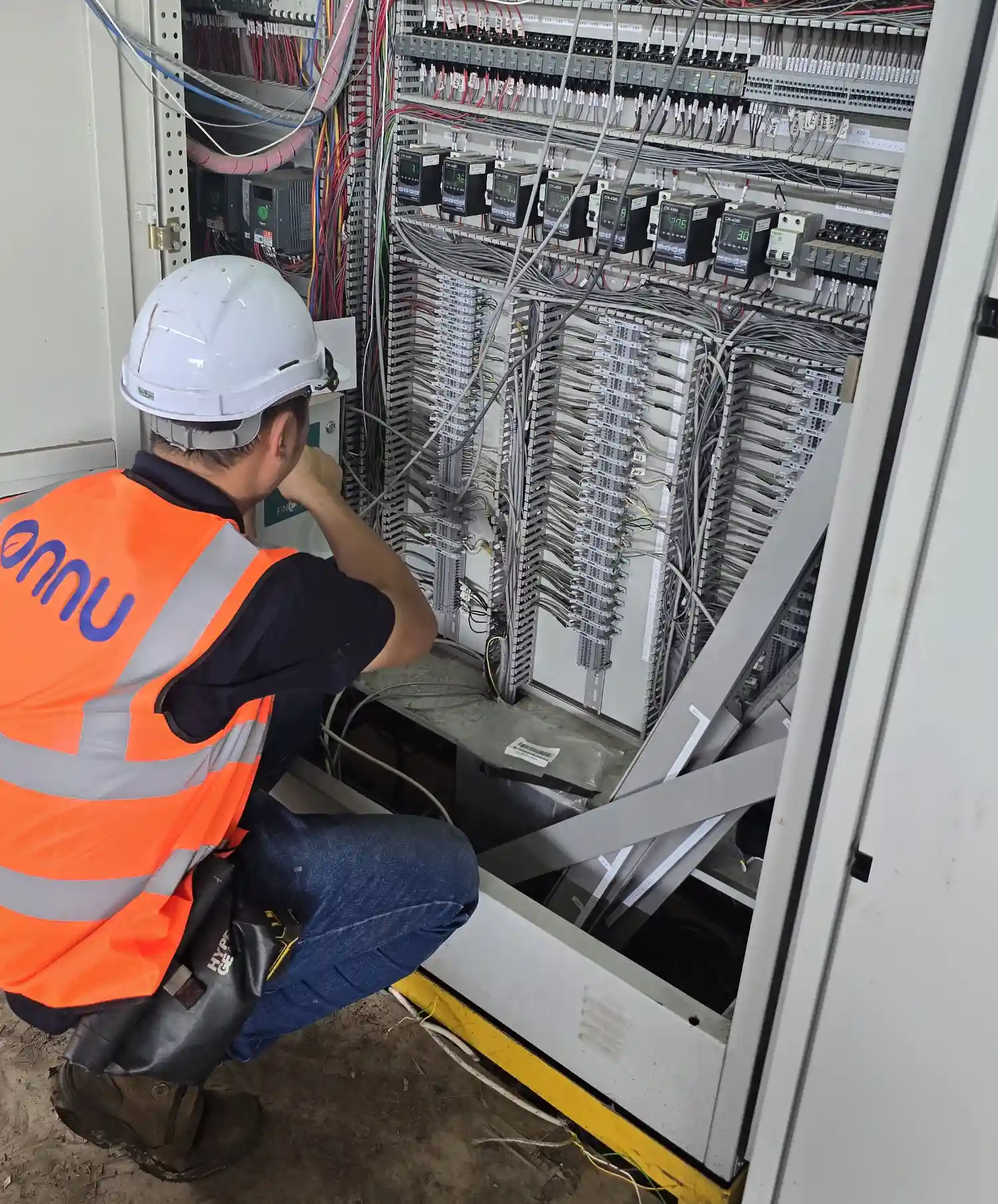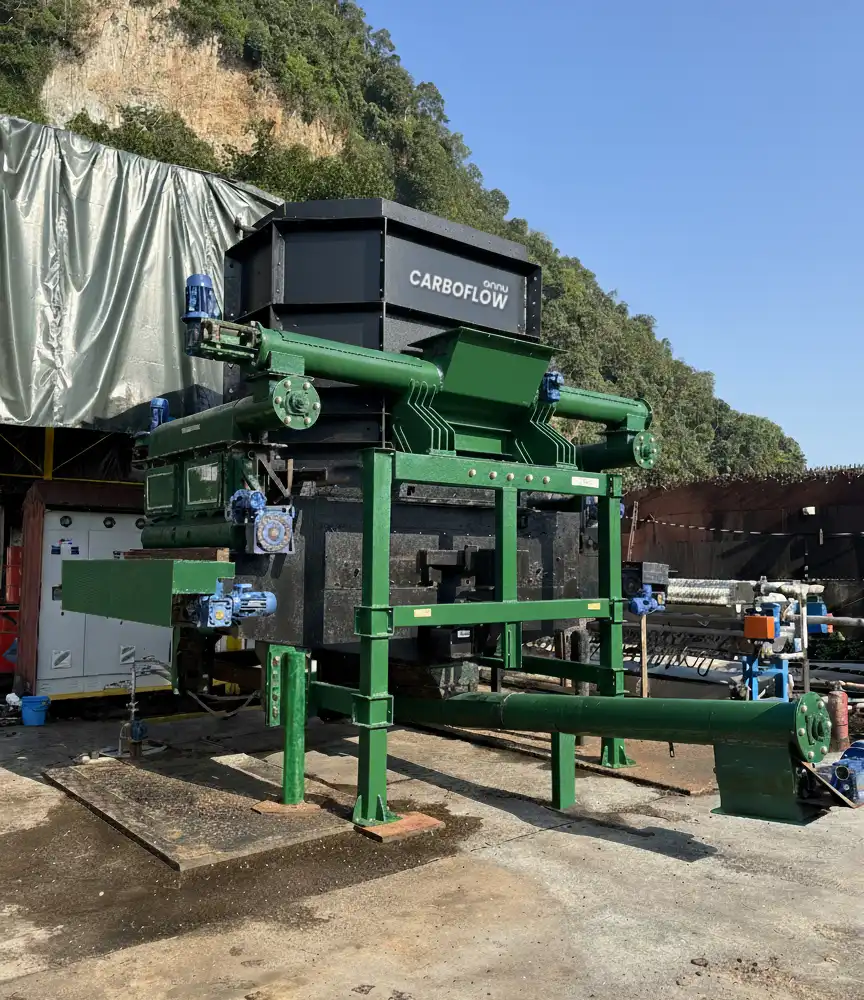BioCarbon Technology Asia
Turning palm plantation waste into renewable value.

BioCarbon Technology Asia
Pyrolysis of palm, bamboo and agricultural residues to produce biochar, carbon credits and green energy for reducing fertiliser dependencies and meeting day-to-day energy requirements.





Project Summary
Biocarbon Technologies (a wholly owned subsidiary of Aumkar Plantations Sdn Bhd) approached Onnu to make their plantation operations greener, circular, and more sustainable. By installing two CarboFlow pyrolysis machines, previously underutilised palm trunk, bamboo, and other agricultural residues are now transformed into high-grade biochar, renewable energy, and carbon credits—all while permanently sequestering carbon.
With Onnu’s technology, Biocarbon Technologies achieves:
- 1,924 tonnes of biochar produced annually
- 2.8 MW of renewable heat generated for plantation operations
- 3,937 tonnes of CO₂e removed each year, eligible for verified carbon credits
Palm oil plantations in Malaysia generate significant volumes of waste, from empty fruit bunches and kernel shells to effluent and old palm trunk. Each year, ageing palm trees are felled to make way for replanting. Traditionally, these trunks, unsuitable for timber or plywood, are left to decompose in the fields, a process that can take up to five years, releasing emissions and occupying valuable land.
When Biocarbon Technologies approached Onnu, our feasibility study quickly revealed that pyrolysis offered a far more effective solution, both economically and environmentally, than leaving trunks to compost.
Now, instead of decomposing in the field, palm trunks are chipped, dewatered, and dried before being fed into two CarboFlow pyrolysis units. The impact of this pyrolysis technology adoption can be seen in three main ways:
1) Carbon Removal & Biochar – Carbon is permanently locked away in stable biochar, which is applied on-site to cut fertiliser demand and improve soils, as well as sold for agricultural and industrial use.
2) Renewable Energy – The syngas produced is captured and combusted to generate green energy for plantation operations. Through an integrated steam generator, it also provides green electricity to meet local demand.
3) Industrial Inputs – By powering torrefaction, the system helps produce black pellets, an essential clean fuel for the steel industry’s transition away from coal.
With Onnu’s technology, Biocarbon Technologies has shifted from a linear model of waste disposal to a fully circular system where every output has value. Agricultural residues that were destined to decompose over many years, releasing carbon, now drive soil regeneration, energy independence, and carbon removal.
By combining environmental gains with operational efficiency, Biocarbon Technologies is proving that palm plantations can be run not only more sustainably, but in a way that actively contributes to climate goals and the green economy.






